Everyone can use a little extra good fortune. Take a page from the annals of mythology and add a few plants to your landscape for good luck.
12 Lucky Plants You Should Add to Your Home
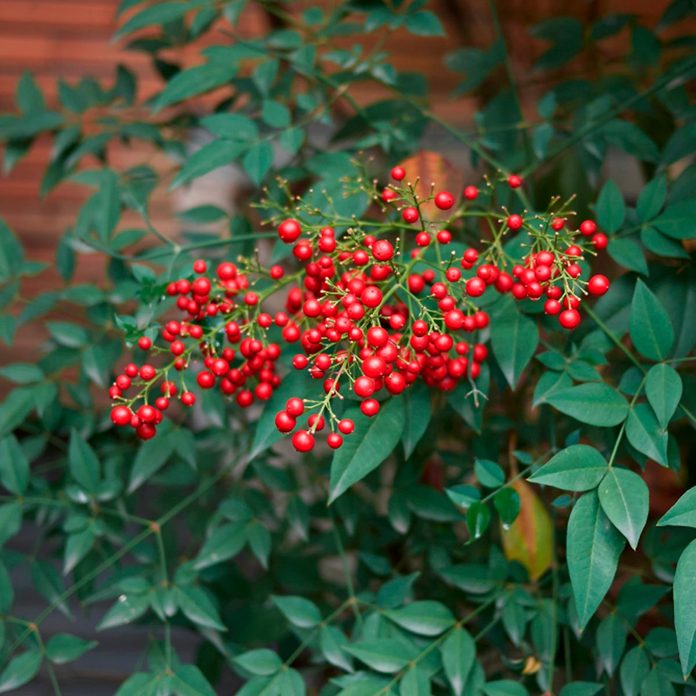
Nandina
Nandina, or heavenly bamboo, is a favorite in the South, due to its pinkish-white flowers and bright red fruit. While the species is considered invasive in some states, there are plenty of well-behaved, sterile cultivars available—some with a compact habit worthy of containers. According to folklore, a nandina is supposed to bring good luck when planted by the front. If you want to liven up your home entrance, then these are the perfect entryway plants.
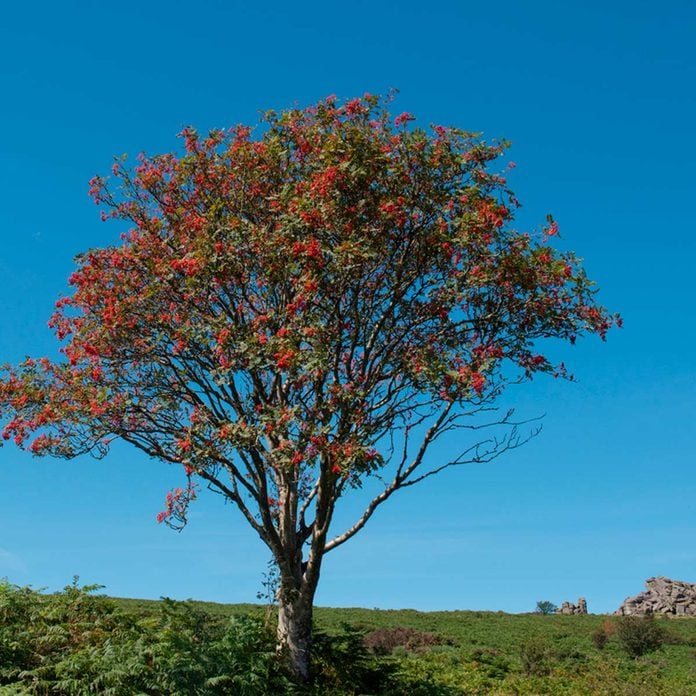
Rowan Tree
The rowan tree (Sorbus) appears in a number of ancient mythologies—Greek, Norse and Welsh, to name a few—and parts of the tree were once used to ward off evil. Rowan trees were also planted in churchyards as further protection.
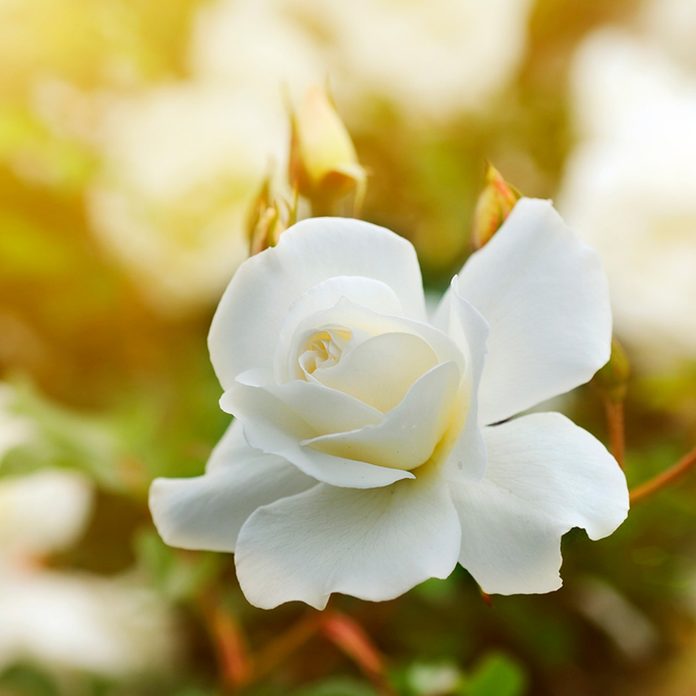
Rose
The rose (Rosa) is the flower of love and passion. It’s also believed to attract healing and luck. Different colors represent different sentiments. While red roses are about love and passion, white roses are about purity and reverence, and yellow roses stand for happiness and joy.
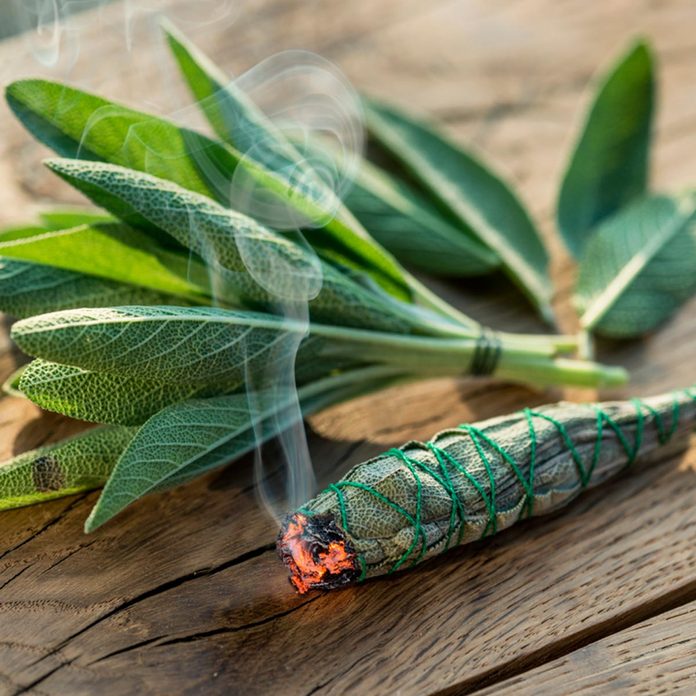
Sage
Sage earns its “good luck” stripes by keeping bad influences away. It is said that burning sage can rid a property of evil spirits—or at least give the devil the heebie-jeebies. Meet some great herbs to grow on a patio.
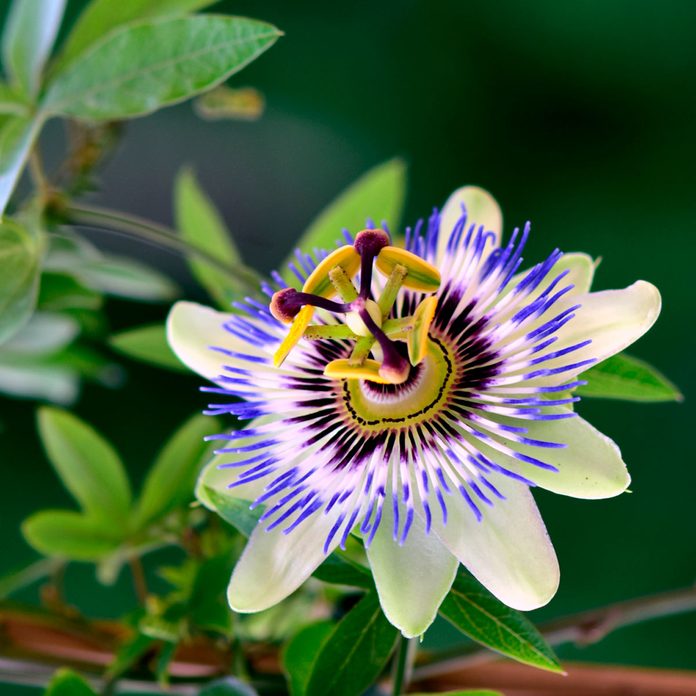
Passion Flower
Also known as passion vine (Passiflora), this vining plant was named for the Passion of Christ. The beautiful, intricate flowers have five petals and five petallike sepals to represent the 10 apostles who remained faithful to Jesus throughout the Passion. The circle of thin rays above the petals symbolizes the crown of thorns Jesus wore during the crucifixion. Here is a collection of 14 inspiring flower walls.

Yew
Yew is known as the tree of immortality because some specimens live for hundreds, even thousands of years. You will find old specimens of yew (Taxus) growing contentedly and without care in cemeteries and churchyards everywhere as a good luck charm to ward off evil. Taller yews make good screens. Meet some more woody plants that can add privacy.
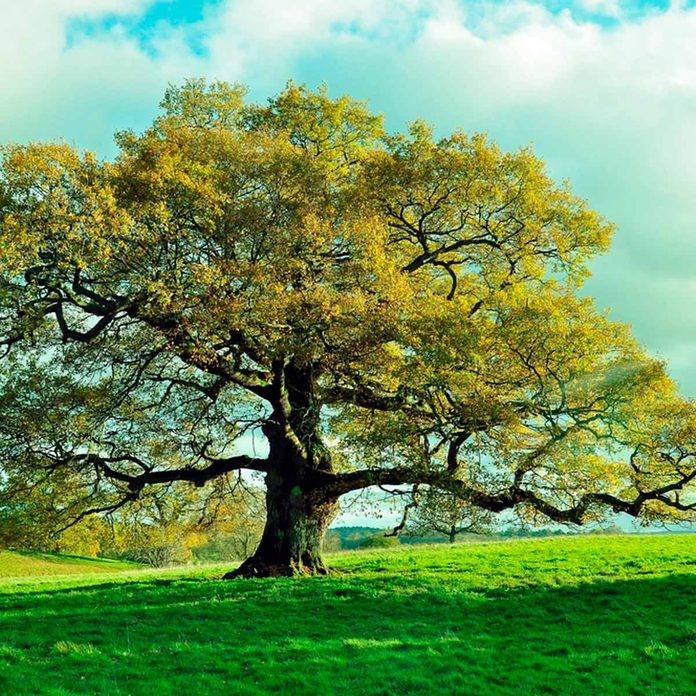
Oak
Beloved throughout the world, “the mighty oak” is America’s national tree. Its influence on humankind dates back thousands of years—and it is significant to many cultures. The oak (Quercus) was sacred to Zeus, king of the gods, in Greek mythology. In Norse mythology, oaks were sacred to Thor, the god of thunder. People today still hold the oak in high regard as a symbol of strength and endurance.
Everyone should have an oak in their yard. But not everyone should be growing these 15 trees.
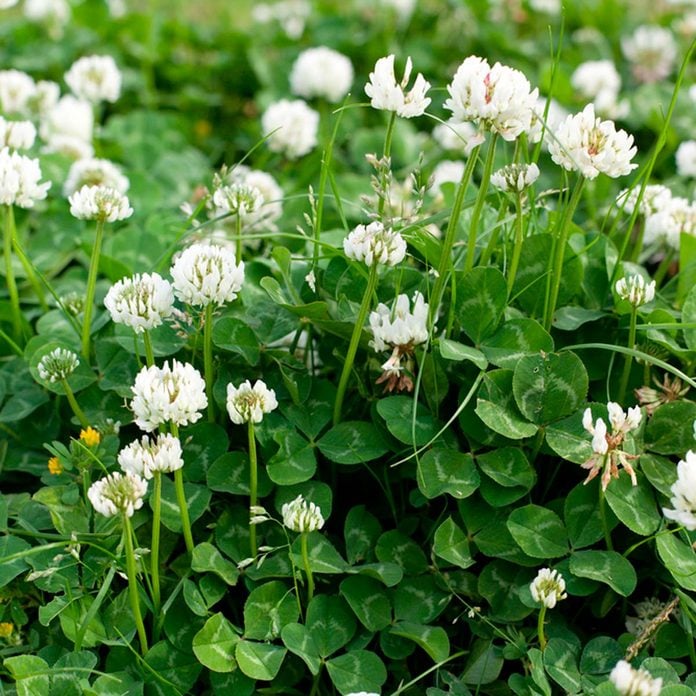
Clover
A four-leaf clover is a well-known symbol for good luck, but St. Patrick used the more common three-leaf configurations found in white clover (Trifolium repens) to explain the mystery of the Holy Trinity to the people of Ireland. The shamrock plant (Oxalis) is a similar-looking good luck charm that can be grown indoors as a houseplant. Here is how to get rid of snakes like a modern-day St. Patrick.
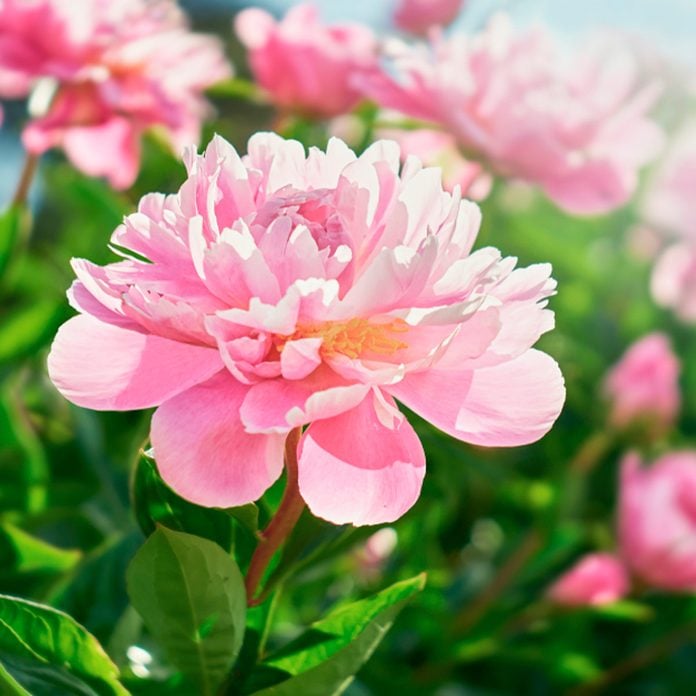
Peony
In flower lore, peony is a symbol for prosperity, good fortune and riches, not to mention romance and a happy marriage. It was believed to be named for Paeon, the Greek physician of the gods, and indeed was prized for medicinal uses in ancient times.
Did you know that peony is the favorite flower of the Duchess of Sussex, Meghan Markle? Learn about that and the rest of the British Royal Family’s favorite flowers.
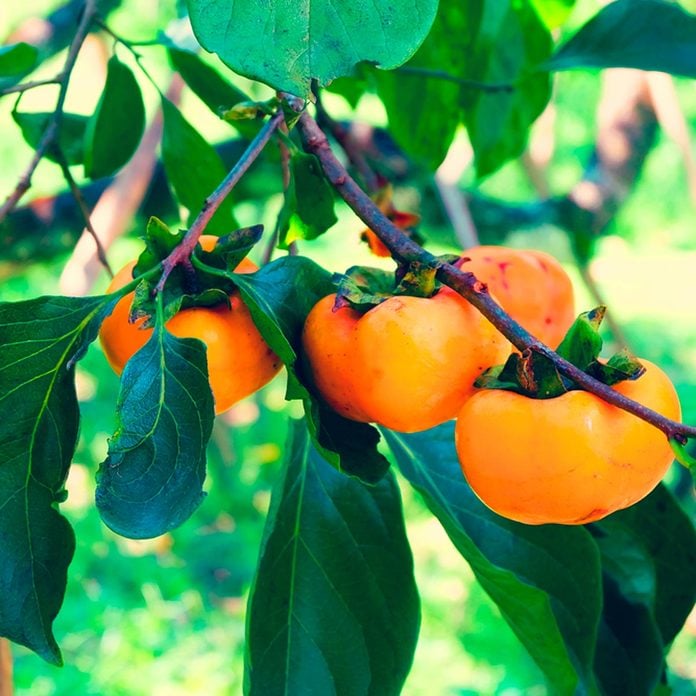
Persimmon
The botanical name for persimmon, Diospyros, means “fruit of the gods.” With a heady connotation like that, you can see why you’d be fortunate to have one growing in your yard. Actually, make it two because female trees need a male pollinator to set fruit. Here are some helpful tips for trouble-free tree planting.
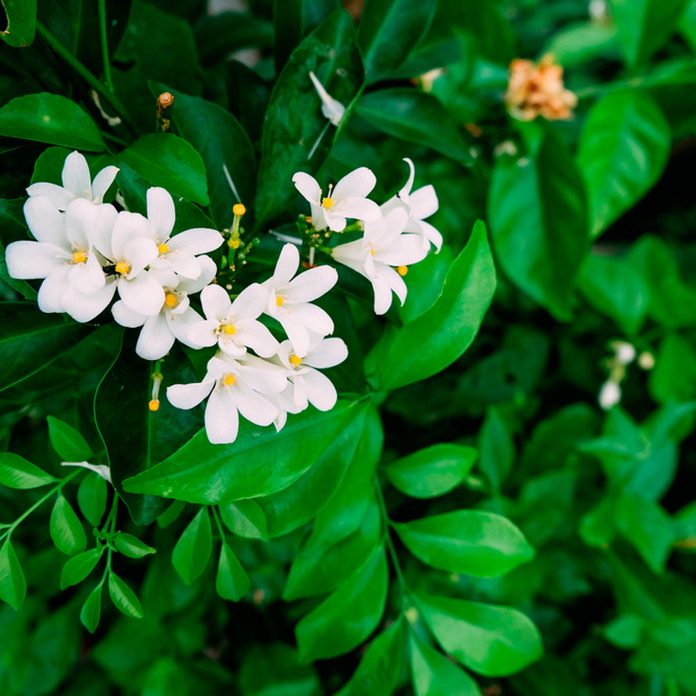
Jasmine
With its intoxicating fragrance, jasmine attracts plenty of people as well as pollinators. It’s also said to attract love and money when grown in the home landscape.
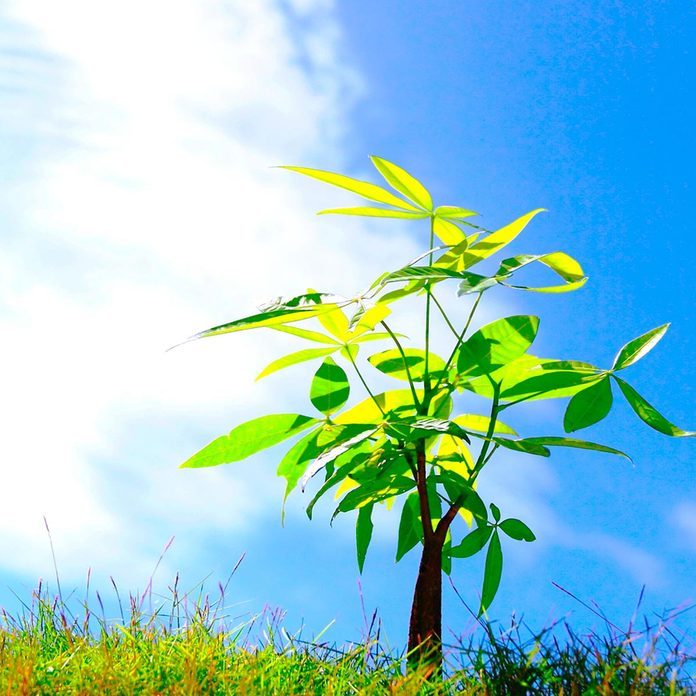
Money Tree
Money Tree (Pachira aquatica) is an outdoor dweller in Zones 10–11, where it reaches 60 feet tall. Elsewhere, you can bring the luck indoors and grow it as a houseplant or even bonsai. Many money tree plants are sold with braided trunks that look quite appealing. Meet some other lucky plants that can be grown indoors or given as presents.